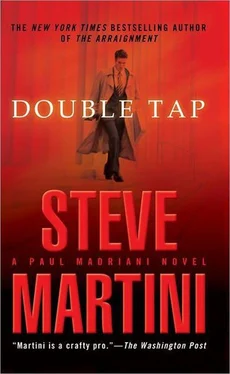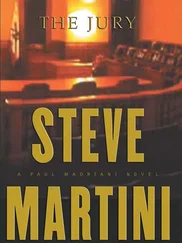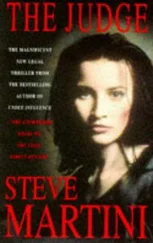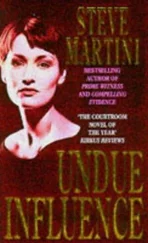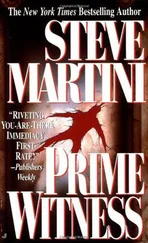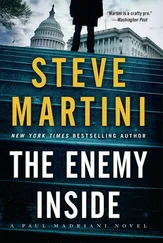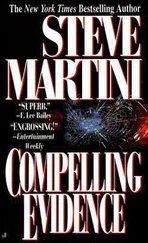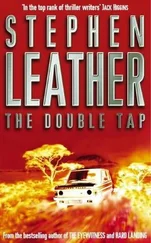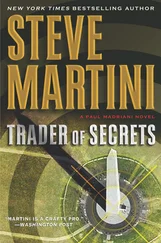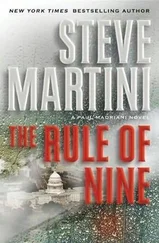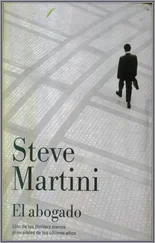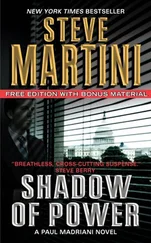Steve Martini - Double Tap
Здесь есть возможность читать онлайн «Steve Martini - Double Tap» весь текст электронной книги совершенно бесплатно (целиком полную версию без сокращений). В некоторых случаях можно слушать аудио, скачать через торрент в формате fb2 и присутствует краткое содержание. Год выпуска: 2014, ISBN: 2014, Издательство: Jove, Жанр: Триллер, на английском языке. Описание произведения, (предисловие) а так же отзывы посетителей доступны на портале библиотеки ЛибКат.
- Название:Double Tap
- Автор:
- Издательство:Jove
- Жанр:
- Год:2014
- ISBN:9781101550229
- Рейтинг книги:4 / 5. Голосов: 1
-
Избранное:Добавить в избранное
- Отзывы:
-
Ваша оценка:
- 80
- 1
- 2
- 3
- 4
- 5
Double Tap: краткое содержание, описание и аннотация
Предлагаем к чтению аннотацию, описание, краткое содержание или предисловие (зависит от того, что написал сам автор книги «Double Tap»). Если вы не нашли необходимую информацию о книге — напишите в комментариях, мы постараемся отыскать её.
Double Tap — читать онлайн бесплатно полную книгу (весь текст) целиком
Ниже представлен текст книги, разбитый по страницам. Система сохранения места последней прочитанной страницы, позволяет с удобством читать онлайн бесплатно книгу «Double Tap», без необходимости каждый раз заново искать на чём Вы остановились. Поставьте закладку, и сможете в любой момент перейти на страницу, на которой закончили чтение.
Интервал:
Закладка:
When Templeton tries to venture further into bullet design, I object. The judge sustains the objection, putting an end to it. “Let’s move on, Mr. Templeton, it’s getting late.”
“Just a few more questions of this witness, Your Honor. Let’s concentrate on this second bullet for the moment,” he says. “Were you able to determine the point of entry of this bullet into the victim’s skull?”
“I was.”
“And what was that location?”
“The second round fired penetrated the skull just to the left of the anterior midline of the skull, approximately eight centimeters above the victim’s left eye.”
“Here in the left forehead?” Templeton points with the forefinger of his left hand to his own head.
“That’s correct.”
“Let the record reflect that the witness has confirmed the location of this entry wound consistent with an area just above the prosecutor’s left eye,” says Gilcrest. “And, Mr. Templeton, if you don’t want this court to shoot you, please allow the witness to provide the gestures as to physical description.”
“Sorry, Your Honor.” Templeton is right back to the witness. “Can you tell us approximately how far the entry wound from this second shot was to the entry wound from the first bullet?”
“The second bullet. .”
“Let’s be clear for the jury. This is the frangible bullet you’re talking about? The second bullet?”
“That’s correct. That bullet made a somewhat larger hole, approximately sixteen point three millimeters from the center point of contact of the first bullet. The bullet that I described as largely intact and composed of a lead alloy.”
“Could you give that to us in inches for the jury,” says Templeton, “so that they can have some point of reference?”
“The two entry wounds to the victim’s head were a little more than six-tenths of an inch apart in terms of distance,” says Rubin.
“That’s close as bullet wounds go, I take it?”
“That’s very close, particularly when you consider that the impact of the first bullet proceeded to spin the victim around as it hit her.”
“You know this to be the case?”
“Yes.” As if on cue, the shoeless photo is back up on the screen. Rubin points to the photograph of the high heel standing upright on the floor in the entry, its toe pointing away from the body lying on the floor, as conclusive evidence of this. “Upon impact the first bullet would have jerked the mass of the head in a twisting motion to the right. The body of the victim would have followed.”
“So, based on this evidence that the second round struck the victim before she could fall or be spun around, would it be safe to assume that the two shots in question were fired in very rapid succession?” Templeton asks.
The witness is already nodding his head. “The two shots would have had to have been fired within a millisecond of each other. As fast as a healthy human hand and index finger could pull the trigger two times.”
“Thank you, Doctor.”
By the time Templeton is finished with the witness, there isn’t much I can do to repair the damage. I go through the autopsy report item by item until I finally get to the point where I ask Rubin why he failed to include any mention of the frangible bullet in his written report.
He blushes a little and finally says, “I guess at the time I didn’t see it as particularly important.”
I could go after him on grounds that at some point he knew that the defendant who had been charged with the crime had a military background and that the murder weapon belonged to him. To do this, however, would merely reinforce Templeton’s case. Instead I ask a different question.
“Dr. Rubin, do you have any idea why the killer in this case, the person who murdered Madelyn Chapman-whoever it is-would choose to use two different kinds of bullets when shooting her?”
Rubin looks at me from the stand as if he has never really thought about this. He shakes his head. “No. I’m afraid I can’t answer that. I don’t know.”
CHAPTER TWENTY-TWO
Templeton is shrewd. Timing is everything in a trial. He has knocked us off balance with the evidence of the frangible bullet.
The two clips from the murder weapon that were found inside Chapman’s house were both empty. If they were originally loaded with frangible rounds, whoever shot Chapman took the time to discard all of the ammunition, making it impossible for us to be on the lookout for the distinctive bullets.
Ruiz has admitted to Harry and me that at one time he did have frangible rounds, issued by the Army for use in a special indoor military range. But he doesn’t remember whether any of these remained in the clips that were packed away with the gun. According to Emiliano, he used spare clips when he and Chapman last used the Mark 23 pistol at the range, when he was showing Madelyn how to shoot. He left the bag with the two original clips at her house and never looked at them again.
Whoever set Ruiz up has done a masterful job, not only with the evidence, but anticipating the direction from which problems might come at trial. So far they have left us in the dark.
Templeton decides that, with the defense on its heels, this is the time to expose the weak underbelly of his case, to the extent that he has one, and get it behind him.
This morning they bring in the gun and its canvas case, along with the two empty clips and the silencer discovered on the rocks over the ocean.
Templeton has his principal evidence tech, Mitchell Perryman, up on the stand. Perryman is the man who headed up the team that marked, identified, and gathered all the physical evidence at the scene. He is a veteran, sixteen years with county law enforcement, and a student of endless courses in evidence gathering from the FBI as well as the state crime lab. But his department has had its problems in the last two years: first a scandal involving errors in the chains of custody in a string of felony cases in which one of Perryman’s colleagues was caught falsifying internal records; then four months ago another of Perryman’s associates was caught in misstatements under oath on the stand, which defense counsel called perjury and which is now on appeal in a major white-collar prosecution. All of this has left the people in Perryman’s office feeling tainted, demoralized, and gun-shy on the stand.
“Let’s start with the firearm,” says Templeton. “The HK Mark Twenty-three forty-five-caliber semiautomatic pistol.” This has already been removed from its paper evidence bag and identified as the weapon found in Chapman’s backyard the night of the murder.
“You supervised the photographing and collection of this weapon, did you not?”
“I did,” says Perryman. The witness has already identified an array of photographs, and they now appear up on the visualizer in order for the jury to see.
The gun itself is photographed lying on its side on top of a small mound of what appears to be dark potting soil heaped up like a soft mesa around the base of a rosebush. A ruler for scale appears just beyond the edge of the lawn along the bottom of the photo.
“Did you find the firearm yourself at the location photographed?”
“No. One of the first officers on the scene checked the yard to make sure that no one was there. He observed the firearm at that time but did not touch it or approach it. He kept it under visual observation until evidence technicians from our office arrived on the scene. That’s when I first observed it.”
“And was it still in the position and as we see it here in the photograph when you first observed it?”
“Yes, it was.”
“What about the silencer?” says Templeton. “Where was that found?”
Читать дальшеИнтервал:
Закладка:
Похожие книги на «Double Tap»
Представляем Вашему вниманию похожие книги на «Double Tap» списком для выбора. Мы отобрали схожую по названию и смыслу литературу в надежде предоставить читателям больше вариантов отыскать новые, интересные, ещё непрочитанные произведения.
Обсуждение, отзывы о книге «Double Tap» и просто собственные мнения читателей. Оставьте ваши комментарии, напишите, что Вы думаете о произведении, его смысле или главных героях. Укажите что конкретно понравилось, а что нет, и почему Вы так считаете.
